Monarto Safari Park South Australia
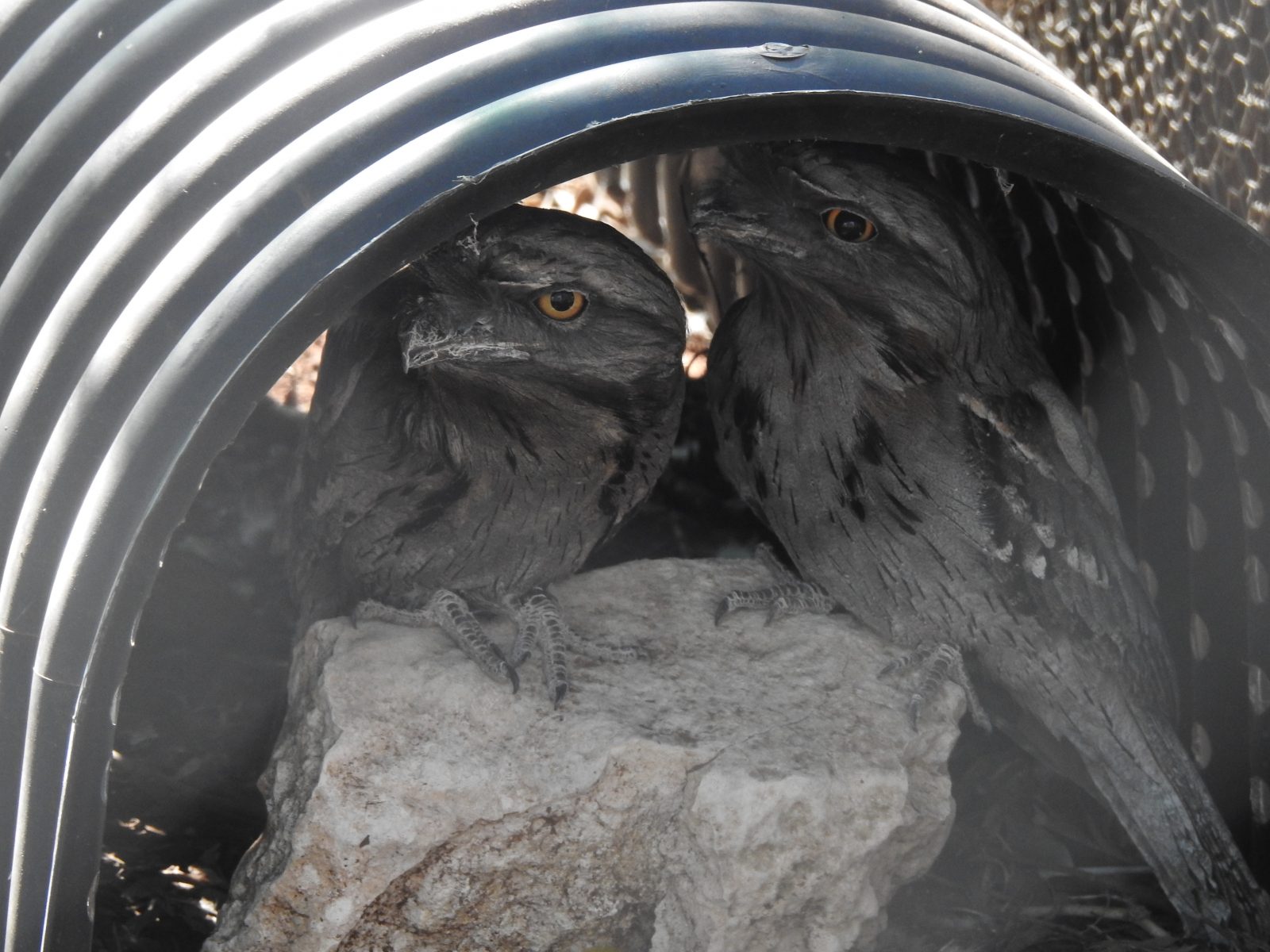
Captive birds
My local zoo is the Monarto Safari Park just fifteen minutes from my home in Murray Bridge, South Australia. This zoo is a part of the Adelaide Zoo which is about an hour’s drive from here. I am a Life Member and try to visit often. One of my recent visits was last year when I went for one of the many walks in the park. On one of these walks, there is a large aviary which has a few captive birds in it, including the Tawny Frogmouths shown above.
Tawny Frogmouths are a widespread nocturnal species in this area and it is found throughout Australia, including Tasmania. From time to time I occasionally hear or see this species in my garden. My family and I love hearing the soft call of this bird and we have fond memories of hearing and seeing them on various camping trips.
Bush Stone-curlew
Another mostly nocturnal species in the aviary at Monarto is the Bush Stone-curlew, shown in the photos below. Again, this widespread species is found in many parts of Australia except Tasmania. Campers in our more remote areas may have heard its haunting call at night. On the other hand, in some areas, the Bush Stone-curlew has adapted to life in towns and cities, especially in Queensland where it is commonly seen on golf courses and reserves.
Annoyingly, this is one species I have yet to see in its natural environment and I only have photos like those shown below which have been taken in zoos. I must get out and travel more.
Non-captive birds
As visitors to Monarto Safari Park join the many bus tours through the large park, it is possible to see many of our local native bird species. These include Emus, Australian Magpies, Little Ravens, Brown Falcons, Black Kites, Wedge-tailed Eagles, various parrot species, as well as smaller bush birds like the Willie Wagtail, woodswallows, thornbills, wrens and a variety of water birds when there is water in the creek flowing through the park.
The best way of seeing and photographing these birds is to stroll along the many walking trails through the mallee scrub land. Warning: try not to wander into the African Lion enclosure, or you might find yourself invited to lunch – with you on the menu. By the way: the zoo has four new lion cubs born only recently and they are now on display.
One easily seen species is the White-winged Chough which is about the size of our magpies and ravens. They are often seen in family groups of 10 – 15 and as they fly the white on their wings can easily be seen. On my walk to see the aviary birds I also saw one of their mud nests (see the last photo below).
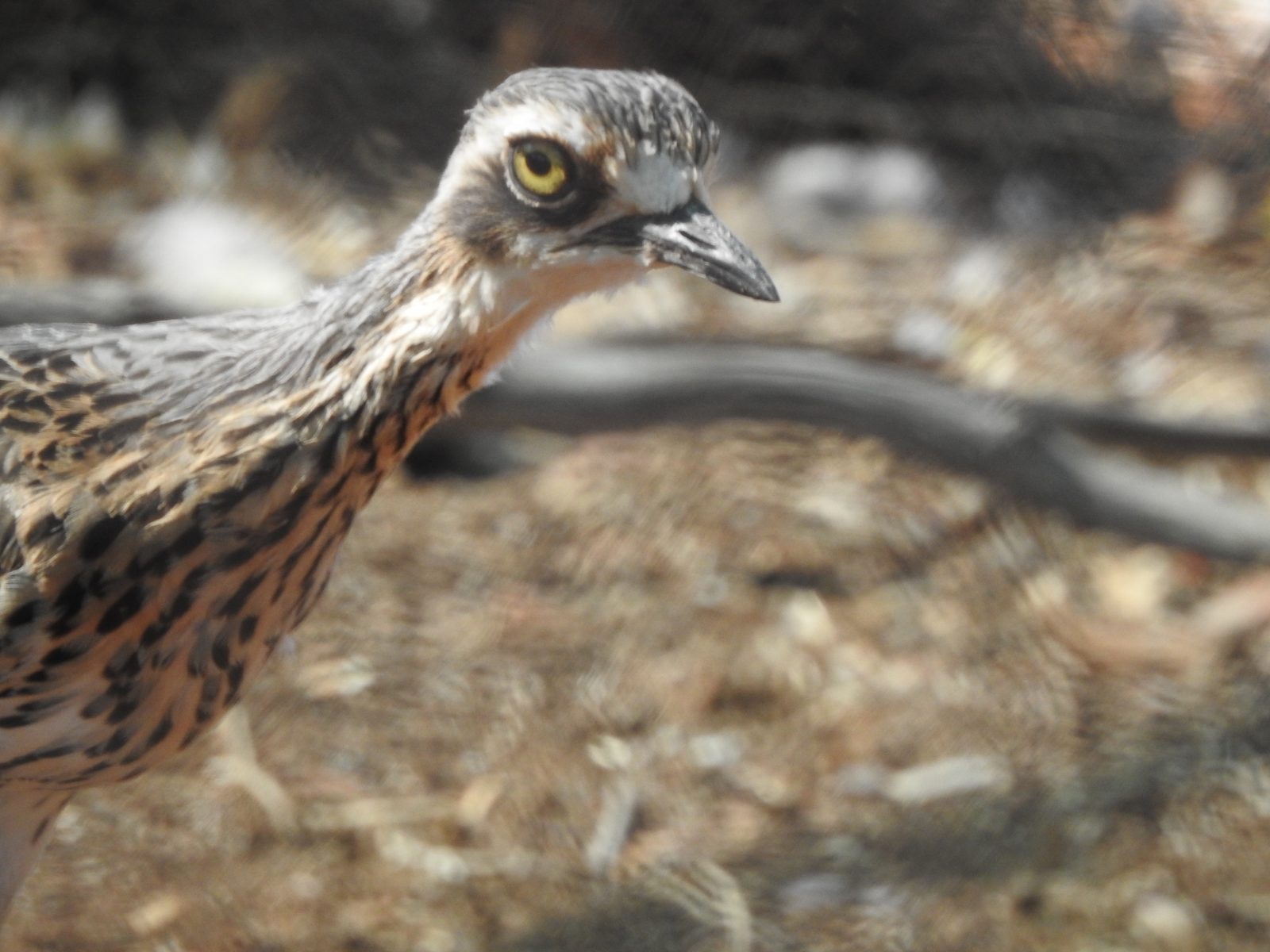
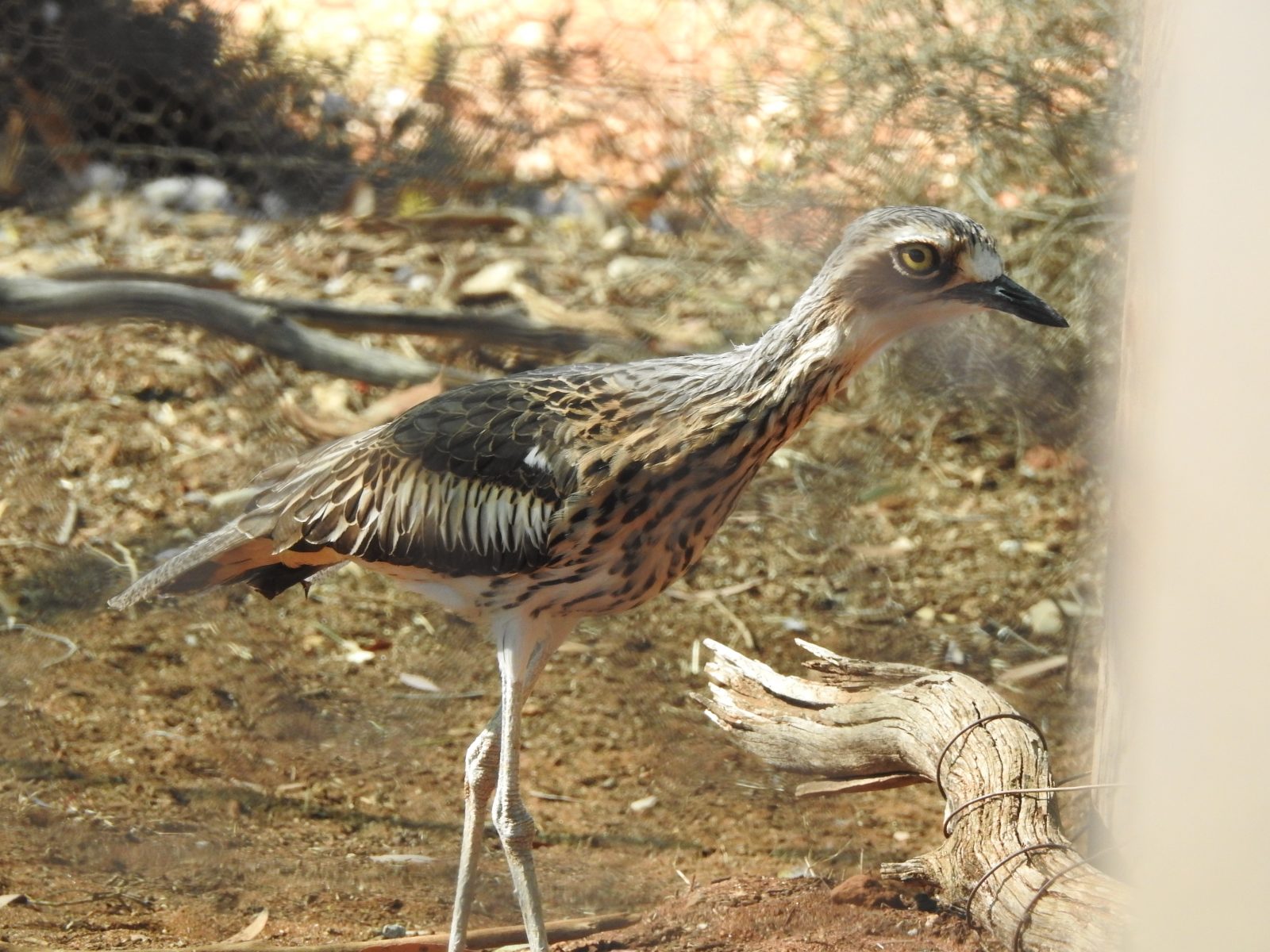
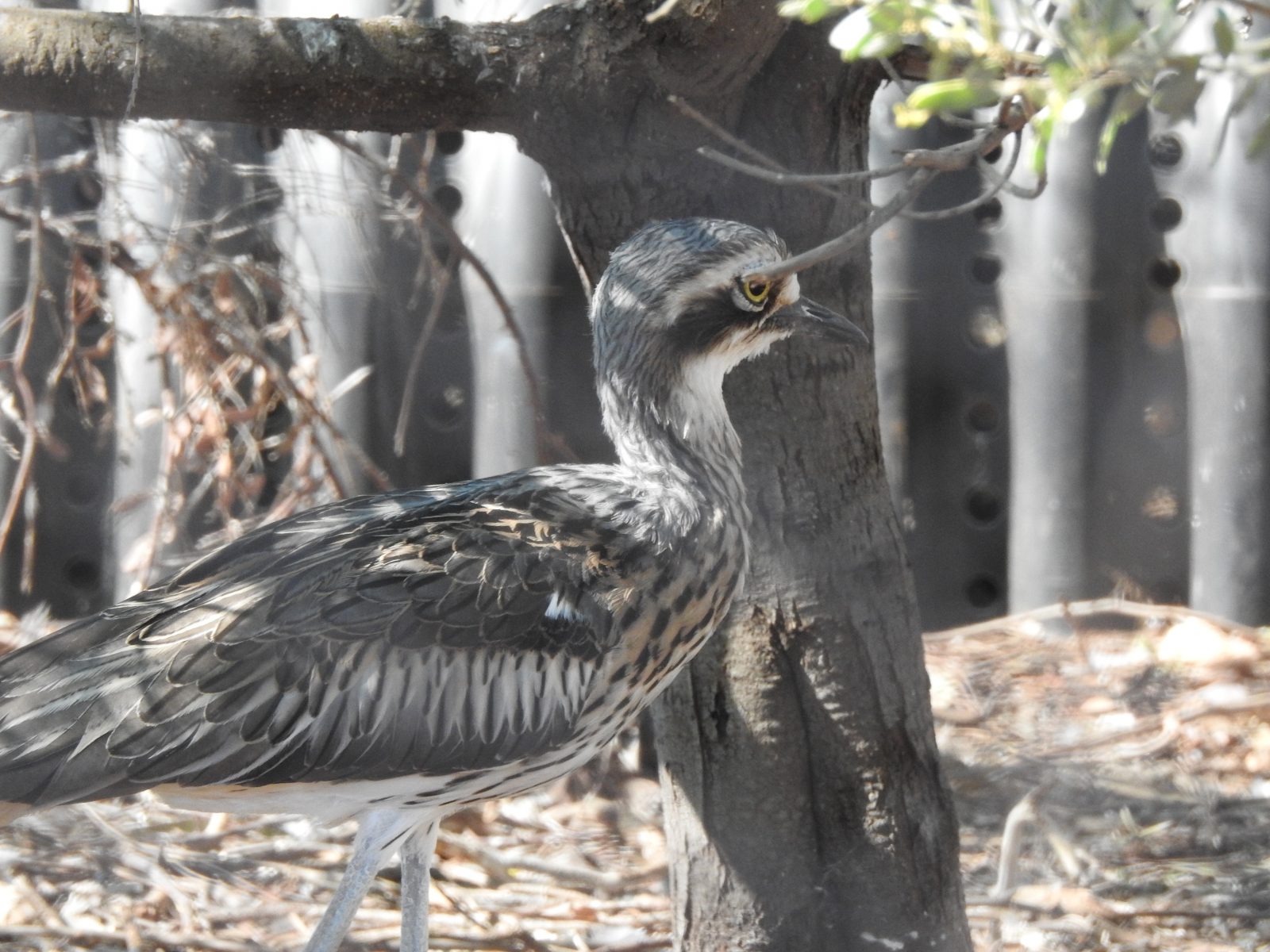
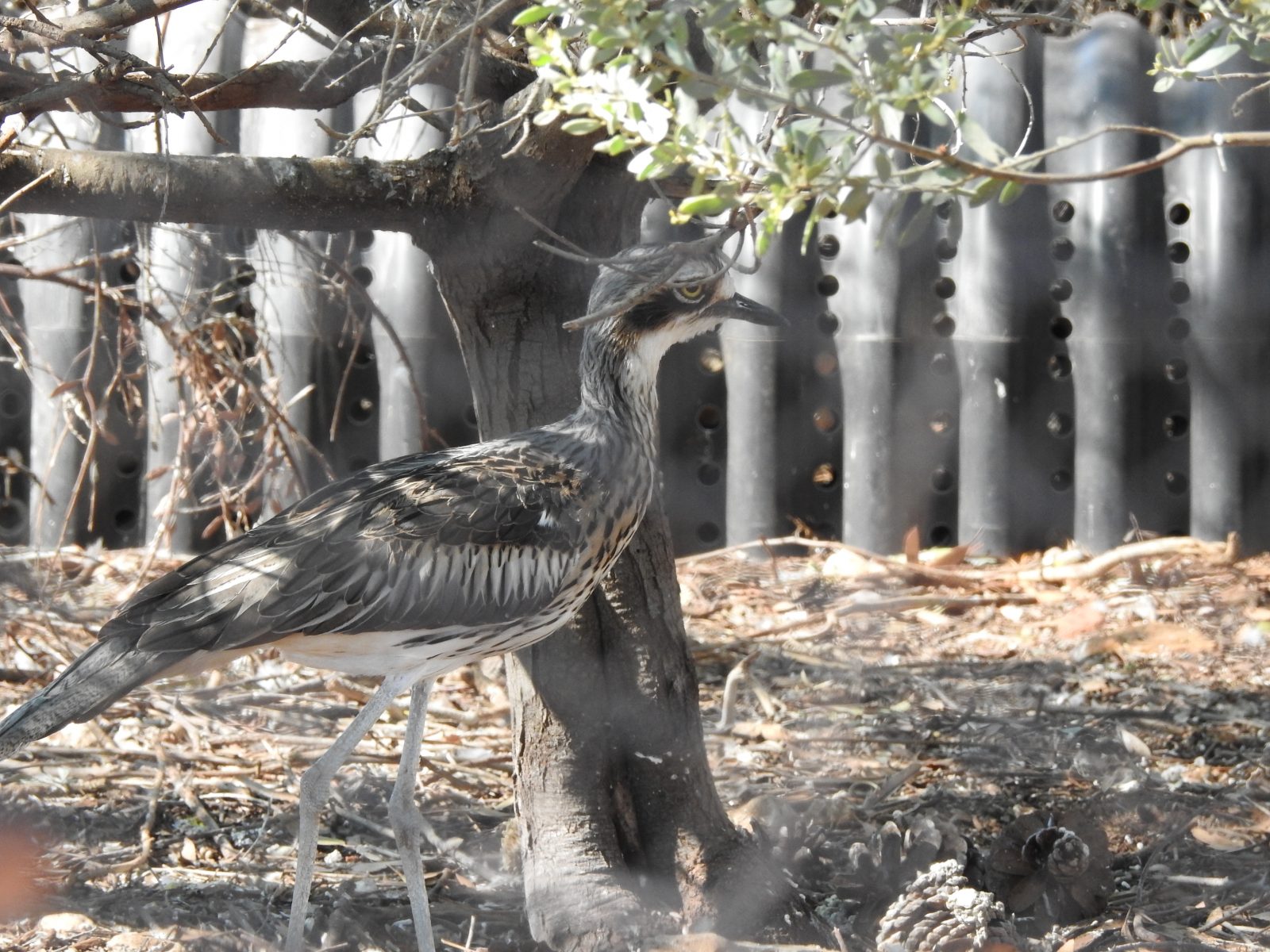
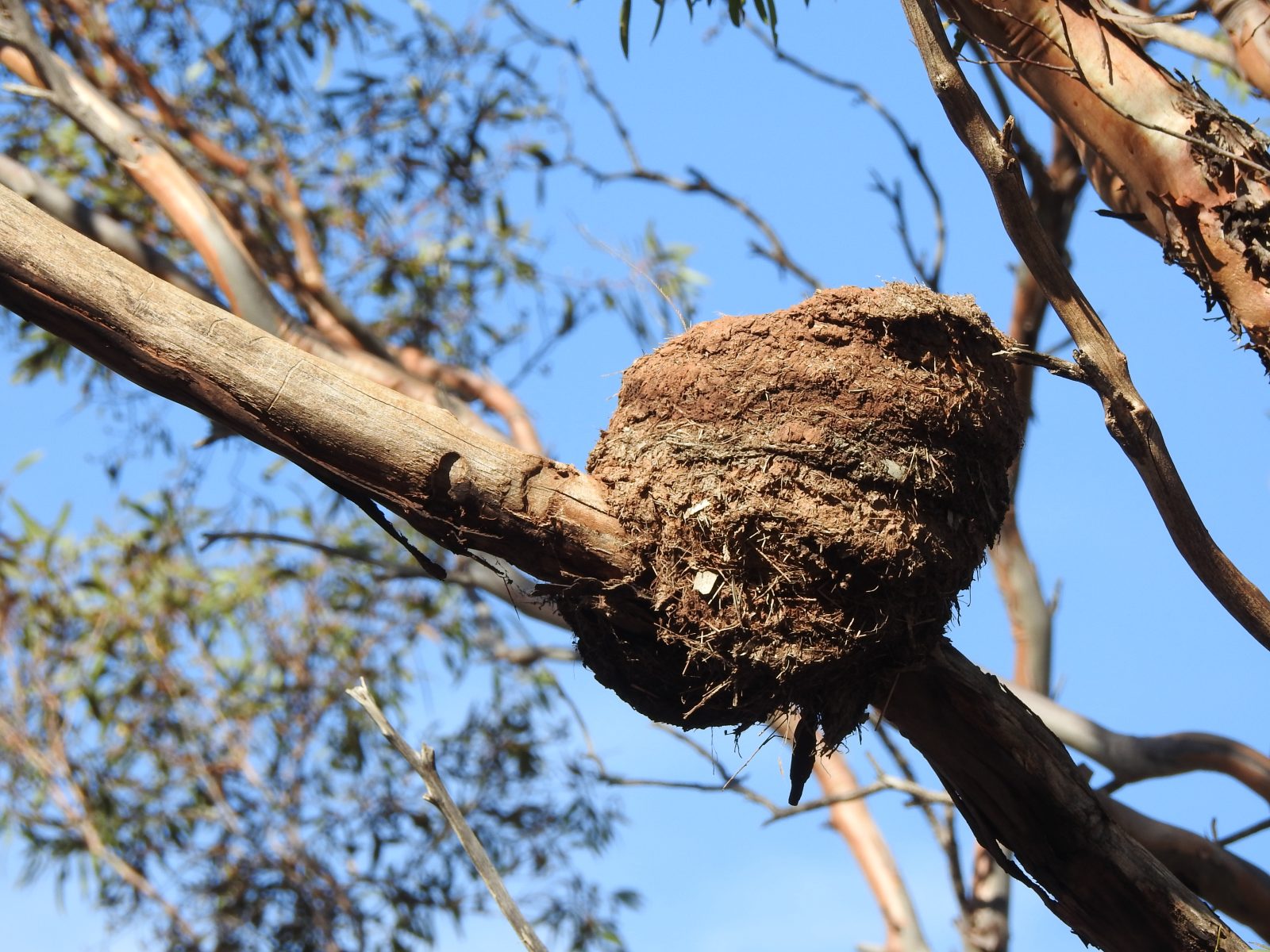
Hi, Trevor, I keep hearing this bird at Monarto and NOBODY that I have been asking for WEEKS has been able to tell me what it is!?! (Obviously I haven’t been able to catch any of the bird experts, lol!)
I hear it all the time now at the bus pickup point. It’s a very sweet (reminds me of the clear tone of the Mockingjay, if you’ve seen The Hunger Games) two-toned call, repeated over and over with a second or two delay between the high note and the low note and then back to the high note again. Very rhythmical (could be described as monotonous, but I don’t think it is).
I have never heard this call before anywhere in Australia. But I began hearing it at the same time as the Bee-eaters arrived (it’s not a Rainbow Bee-Eater), so don’t know if there is anything else that migrates at the same time as them??
I’ve also heard the same call recently (only twice) at Chandlers Hill.
Can you please help me identify it?? My curiosity is driving me crazy!
I cannot get the app on my phone – I’ve tried :-p